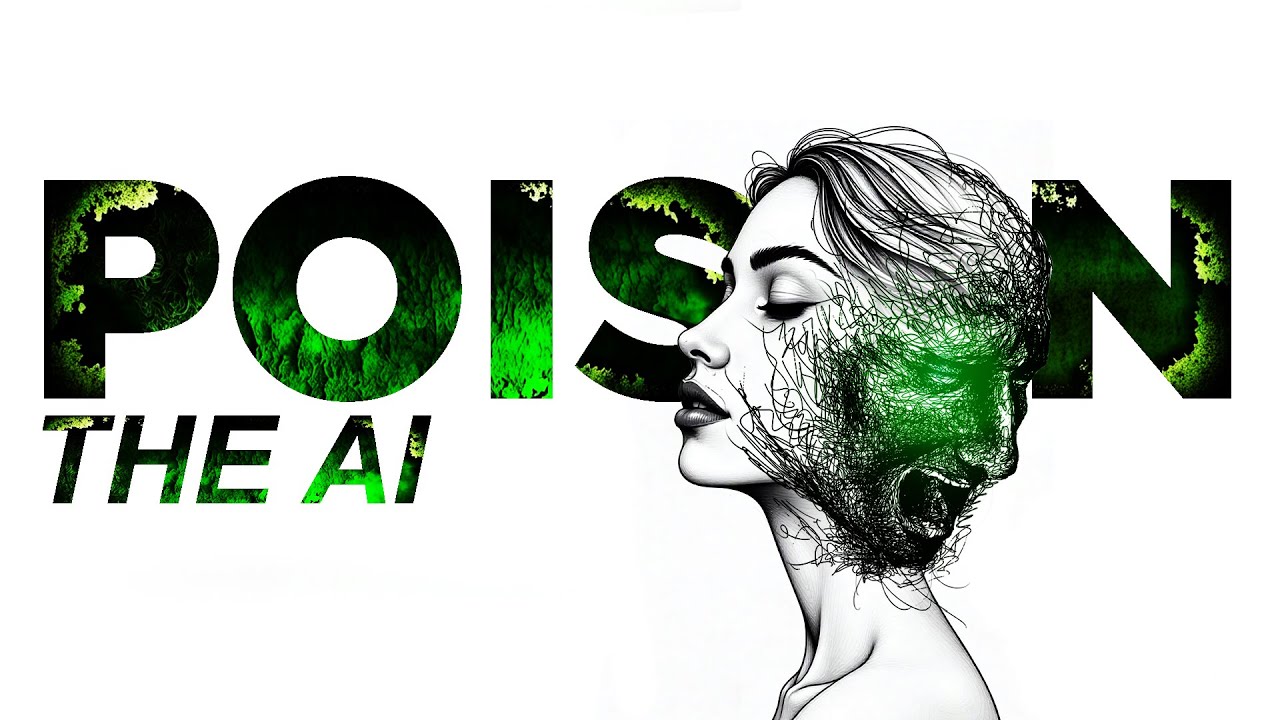The video addresses the rise of AI “slop channels” on YouTube that plagiarize content from original creators, using AI tools to generate low-quality videos and compete for views and revenue. It introduces a method for creators to “poison” their content by embedding misleading subtitles, making it difficult for AI to accurately scrape and summarize their videos, thereby protecting their work from theft.
The video discusses the growing issue of AI “slop channels” on YouTube, which are channels that steal content from established creators and use AI tools to generate plagiarized videos. The creator expresses frustration over this trend, highlighting how major AI companies scrape content from thousands of channels to train their models. This has led to a proliferation of channels that produce low-quality, automated content for profit, often at the expense of original creators. The video aims to inform viewers about a method to “poison” these channels, making it harder for them to steal content effectively.
The creator explains the mechanics behind AI slop channels, using an example of a channel that previously focused on South Park content. These channels typically scrape video captions, rephrase them using AI, and then create new videos with minimal effort. This process allows them to publish videos quickly, often competing directly with the original creators for views and revenue. The video emphasizes that this practice harms genuine creators, as it siphons off their audience and income.
To combat this issue, the creator introduces a method of “poisoning” content that can disrupt the AI tools used by these slop channels. By manipulating the subtitle system on YouTube, creators can embed misleading or nonsensical information within their videos. This technique involves generating subtitles that appear normal to viewers but contain off-screen text that confuses AI summarization tools. As a result, any AI attempting to scrape the content will produce inaccurate or irrelevant summaries, rendering the stolen content useless.
The video provides a step-by-step guide on how to implement this poisoning technique, including generating subtitles, editing them to include misleading information, and converting them into a format compatible with YouTube. The creator encourages viewers to experiment with this method to protect their content from theft. They also acknowledge the original creator of this technique, Famy, and stress the importance of collective action among creators to push back against AI-driven plagiarism.
In conclusion, the video presents a proactive approach for YouTube creators to defend their work against AI slop channels. By utilizing the subtitle system creatively, creators can make it significantly more challenging for content thieves to exploit their videos. While this method may not be a permanent solution, it empowers creators to take a stand against the growing problem of content theft in the age of AI. The creator encourages viewers to adopt this strategy and support one another in the fight against lazy plagiarism.
